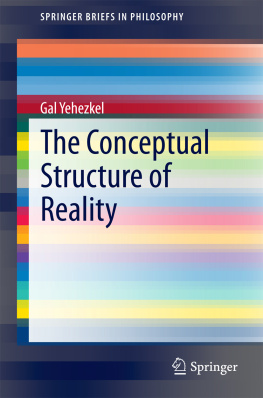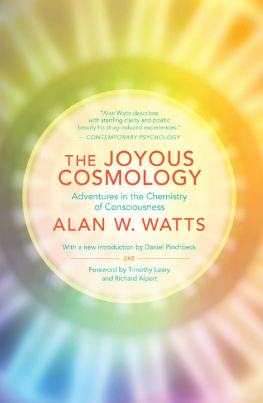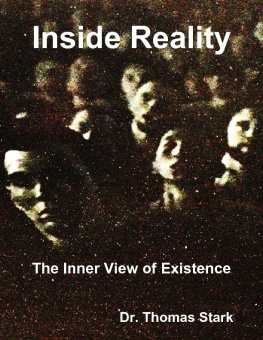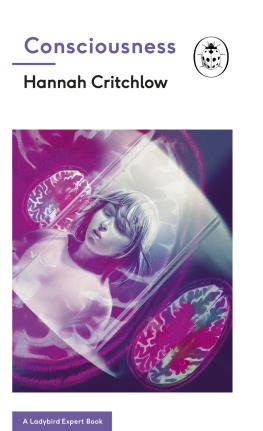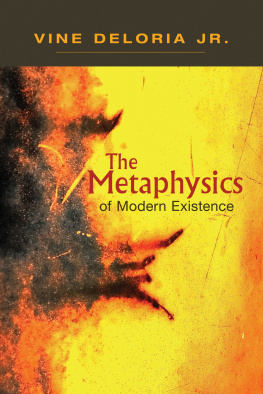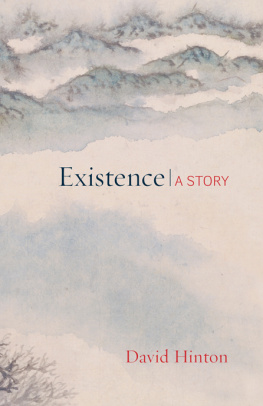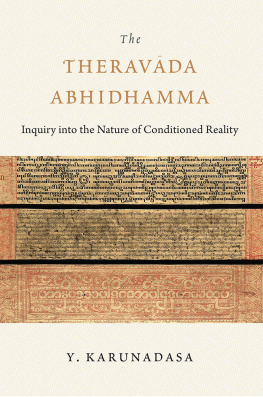1. Introduction
In his Individuals, Strawson distinguishes between revisionary and descriptive metaphysics (Strawson , p. 9). According to this distinction, while reversionary metaphysics attempts to produce improved ways of thinking about reality, descriptive metaphysics describes the actual structure of our thought about reality. Descriptive metaphysics seeks to discover the most general features of our conceptual scheme. It should be noted however that defining this field of research as descriptive is somewhat misleading. For its purpose is not simply to describe the actual structure of our thought about reality, but rather to expose the necessary connections that hold between basic concepts in our conceptual scheme, and thus to uncover the necessary structure of our thought about reality.
This book is an exercise in descriptive metaphysics. My aim in it is to identify some of the connections that obtain between key elements of our conceptual scheme. More specifically, my purpose in this book is to isolate certain necessary features of reality. These features are identified via an analysis of the concept of existence, the aim of which is to elucidate its supporting conceptual structure. In the course of this analysis, connections that hold between the concept of existence and other key elements of our conceptual scheme are laid bare.
The first stage of this inquiry (undertaken in , I summarize the conclusions of this book.
In of this book, I identify the tools used in the following chapters, and introduce a model for analyzing conceptual connections. The significance of this model is the systematization and rigor of the conceptual analysis it enables.
A conceptual tie is defined as a connection of dependence between concepts, such that if a concept x (that is, the meaning of the word x ) depends upon concept y (that is, the meaning of the word y ), then a conceptual scheme that does not include concept y cannot include concept x . Conceptual ties are connections of meaning. Nevertheless, it is not necessary to develop a theory of meaning in order to identify and justify principles of conceptual analysis. These principles are identified and justified in light of constraints about meaning, that is, in light of necessary conditions, rather than sufficient conditions, for the meaningfulness of expressions in language. For this purpose I present an analysis of the concept of meaning which relies on several basic and generally accepted characteristics of meaning, and does not presume any particular theory of it. Conclusions are organized into a model of language, according to which the meaning of every word is determined by its role in the systematic mapping of all possible states of affairs contained in the conceptual scheme of that language. This model serves as the basis for the conceptual analysis used throughout this book.
In , I undertake an analysis of the concept of existence. My purpose is to derive necessary conditions for its inclusion into any conceptual scheme, and thus to uncover the structure supporting this concept. Thus, the connections between the concept of existence and other key concepts in our conceptual scheme will be elicited, and necessary features of reality characterized. An analysis of the concept of existence shows that existence is not a property. The occurrence of the word exists in a sentence does not introduce any distinction to the possible state of affairs indicated by that sentence, but rather confirms that this possibility is realized. Following this analysis, Kant's, Frege's and Russell's views of existence are critically examined. It is argued that they are consistent with the view of existence which is developed in this book. However, it is also shown that both Frege's and Russell's views of existence are partial, because they are unable to account for some of the meaningful uses of the concept of existence.
Finally in is therefore that describing any possible reality necessitates the use of contingent propositions.
In I investigate the features of reality whose description requires the use of contingent propositions. These are necessary features of reality. I argue that describing a hypothetical reality requires the use of contingent propositions if and only if it requires at least one proposition to actually be both true and false (in different circumstances). An analysis of demonstrative and indexical expressions shows that only propositions that have indexical components can receive different truth-values in different contexts. In course of this enquiry different indexical expressions are examined. These include the first-person, the spatial indexical expression here, and the temporal indexical expression now (in the present). My analysis shows that it is temporal indexical expressions which account for the possibility of the same proposition actually being both true and false. Furthermore, a change in the determinations of past, present and future explains why contingent propositions are needed for describing reality, and is therefore a necessary feature of reality. Furthermore, propositions that contain temporal indexical components are thus shown to form the basis for every meaningful proposition in language.
An analysis of change in the determinations of past, present and future is undertaken in is idealistic in character: every possible reality assumes the existence of a consciousness, from whose point of view it is described. However, every possible reality also assumes the existence of a temporal and objective realm of reality, which is independent of any consciousness of it.
investigates self-consciousness. It is shown that the necessary features of reality uncovered so far are sufficient for allowing a consciousness (which any possible reality assumes) awareness of its existence as consciousness, that is, self-consciousness. In the course of this analysis two views of self-consciousness are critically examined. According to the first view (influenced by Strawson) self-consciousness is established by the distinction between the self and other subjects of consciousness. According to the second view, deriving from Kant, self-consciousness is constituted by the distinction between the self and the world. This analysis shows firstly that the distinction between the self and other subjects of consciousness is neither a sufficient nor a necessary condition for self-consciousness; and secondly that self-consciousness is established by the distinction between the self and the world. Finally, it is shown that the necessary features of reality previously listed, are sufficient for allowing the consciousness, from whose point of view reality is described, awareness of its existence as a consciousness, that is, self-consciousness.

